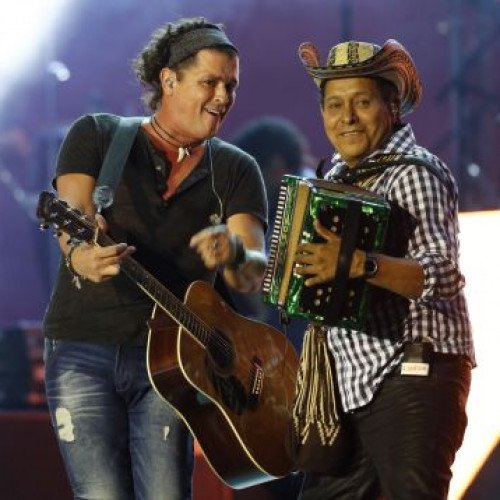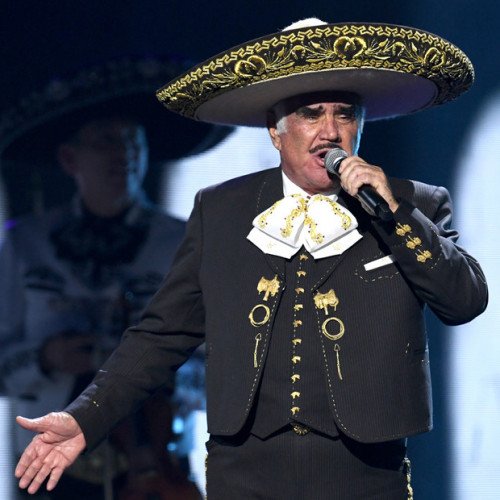Latin American musical genres

Vallenato
Vallenato (Spanish pronunciation: [baʝeˈnato]), along with cumbia, is a popular folk music genre of Colombia. It primarily comes from Colombia's Caribbean region. Vallenato literally means "born in the valley". The valley influencing this name is located between the Sierra Nevada de Santa Marta and the Serranía de Perijá in north-east Colombia. The name also applies to the people from the city where this genre originated: Valledupar (from the place named Valle de Upar – "Valley of Upar"). In 2006, vallenato and cumbia were added as a category in the Latin Grammy Awards. Colombia’s traditional vallenato music is Intangible Cultural Heritage in Need of Urgent Safeguarding, according to UNESCO. This form of music originated from farmers who, keeping a tradition of Spanish minstrels (juglares in Spanish), used to travel through the region with their cattle in search of pastures or to sell them in cattle fairs. Because they traveled from town to town and the region lacked rapid communications, these farmers served as bearers of news for families living in other towns or villages. Their only form of entertainment during these trips was singing and playing guitars or indigenous gaita flutes, known as kuisis in the Kogi language, and their form of transmitting their news was by singing their messages. The first form of vallenato was played with gaita flutes, guacharaca, and caja, and later adopted other instruments like guitars. These troubadors were later influenced by Europe's instruments: piano and accordion. Impressed by the sound of the accordion, troubadors probably later obtained accordions from Aruba and Curaçao. Vallenato was considered music of the lower class and farmers, but gradually started penetrating through every social group during the mid-20th century. Don Clemente Quintero – a prominent member from the region's elite – was a lover of this music, usually accompanied by liquor, was a form of entertainment for this almost isolated region. He then decided to start a parranda (party) inside the very strict Valledupar Social Club with friends. This triggered an acceptance for the music and it became a regular feature at parties, carnivals and reunions, not for dancing, but for listening to these juglares stories.
Statistics for this Xoptio

Ranchera
Ranchera (pronounced [ranˈtʃeɾa]) or canción ranchera is a genre of the traditional music of Mexico. It dates to before the years of the Mexican Revolution. It later became closely associated with the Mariachi bands that evolved in Jalisco. Rancheras today are played in virtually all regional Mexican music styles. Drawing on rural traditional folk music, the ranchera developed as a symbol of a new national consciousness in reaction to the aristocratic tastes of the period. The word ranchera was derived from the word rancho because the songs originated on the ranches and in the countryside of rural Mexico. Traditional themes in rancheras are about love, patriotism or nature. Rhythms can have a meter in 2 4 (in slow tempo: ranchera lenta and faster tempo: ranchera marcha), 3 4 (ranchera valseada), or 4 4 (bolero ranchero). Songs are usually in a major key, and consist of an instrumental introduction, verse and refrain, instrumental section repeating the verse, and another verse and refrain, with a tag ending. Rancheras are also noted for the grito mexicano, a yell that is done at musical interludes within a song, either by the musicians and/or the listening audience. Miguel Aceves Mejía The normal musical pattern of rancheras is a–b–a–b. Rancheras usually begin with an instrumental introduction (a). The first lyrical portion then begins (b), with instrumental adornments interrupting the lines in between. The instruments then repeat the theme again, and then the lyrics may either be repeated or begin a new set of words. One also finds the form a–b–a–b–c–b used, in which the intro (a) is played, followed by the verse (b). This form is repeated, and then a refrain (c) is added, ending with the verse.